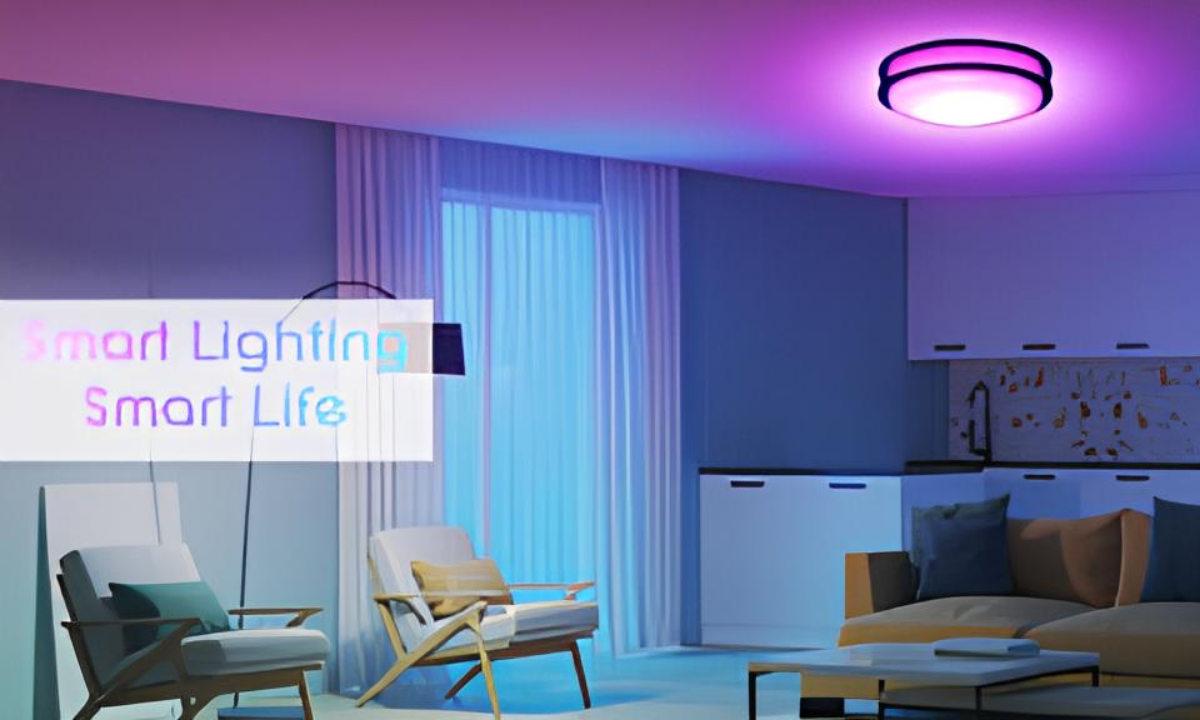In today’s age of conscious living, our choices reflect our commitment to a sustainable and aesthetically pleasing environment. LED fixtures, with their myriad of benefits, have emerged as a clear front-runner in lighting solutions. Yet, two pertinent questions often cloud the radiant prospects of LED lighting: Why are dimmer switches so expensive? And, do LED lights inadvertently roll out the red carpet for spiders? In this article, we will delve into these questions and shed light on the underbelly of LED lighting.
The Luminous Landscape of LEDs
Before plunging into our burning questions, it’s paramount to recognize the brilliance LEDs bring into our lives. Beyond their energy efficiency, LEDs embody design versatility, ensuring they remain at the pinnacle of lighting choices. Their low energy consumption and longevity have marked a substantial shift in sustainable lighting, setting a benchmark for future innovations.
Dimming the Cost Controversy
Understandably, many eyebrows raise at the substantial price tag attached to what appears as a mere switch. The dimmer switch, however, is far from ordinary. Touted as the brainchild of user-centric innovation, it offers ambiance customization like no other.
Now, let’s dissect this cost. Manufacturers have often spoken about the intricate electronics embedded within these switches, enabling them to alter voltage and thus, control the light intensity. The blend of materials, specialized components, and meticulous testing adds layers to its cost. Supporting this, a statement by renowned lighting expert, Dr. Allen Brightman, explains, “A dimmer switch is a perfect blend of art and science; the price is a reflection of its complexity and the user experience it offers.” Why are dimmer switches so expensive?
LEDs and the Arachnid Affair
Stepping into a more peculiar territory, LEDs have been suspect of forging alliances with our eight-legged roommates. Before myths spiral out of control, let’s set the record straight.
Research indicates that while certain lights can attract bugs, LEDs are typically on the lower end of the bug-attraction spectrum. A 2019 study from the “Journal of Arachnid Studies” discovered that areas with traditional lighting saw a 15% increase in spider populations compared to areas illuminated by LEDs.
But here’s the crux: it’s not the LED itself but the spectrum of light it emits. White and bluish lights, irrespective of their source, tend to attract more insects than yellowish or reddish lights. Spiders, seizing opportunities, often hang around areas with abundant food, which in this case, are the unsuspecting bugs. Thus, while the link between spiders and LEDs exists, it’s rather indirect. Do LED lights attract spiders?
Illuminating the Path Forward
With LEDs revolutionizing our living spaces, it becomes imperative for us, as consumers, to stay informed. Myths, misconceptions, and half-baked truths often muddy the waters of understanding. It’s not just about adopting a technology; it’s about embracing it with clarity.
As we toggle between brightness levels or marvel at the longevity of our LED bulbs, let’s also take a moment to appreciate the research and development that brings these wonders into our homes. Let’s strive for knowledge, challenge misconceptions, and make choices that illuminate our lives in more ways than one.
For those who wish to delve deeper, numerous resources and studies provide insights into the fascinating world of LEDs, dimmer switches, and even the occasional spider. Dive in, explore, and let knowledge be your guiding light.

































